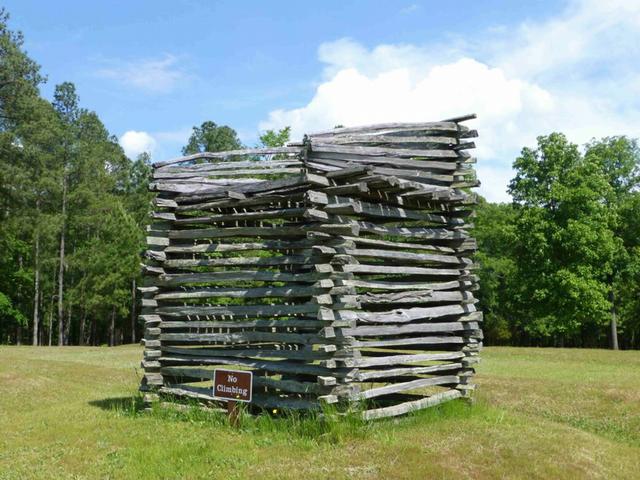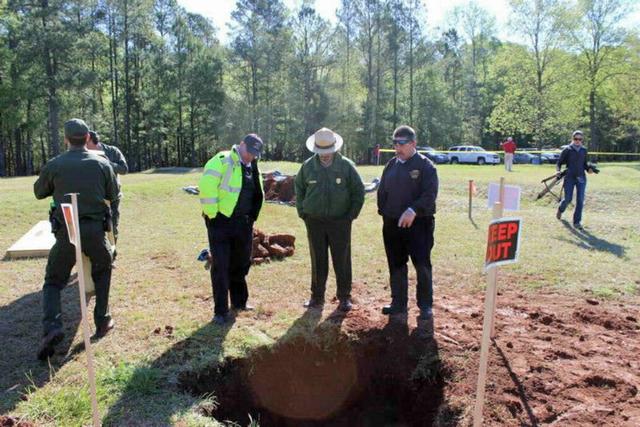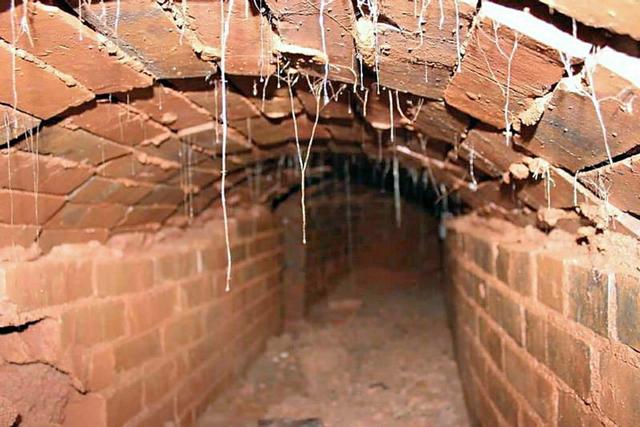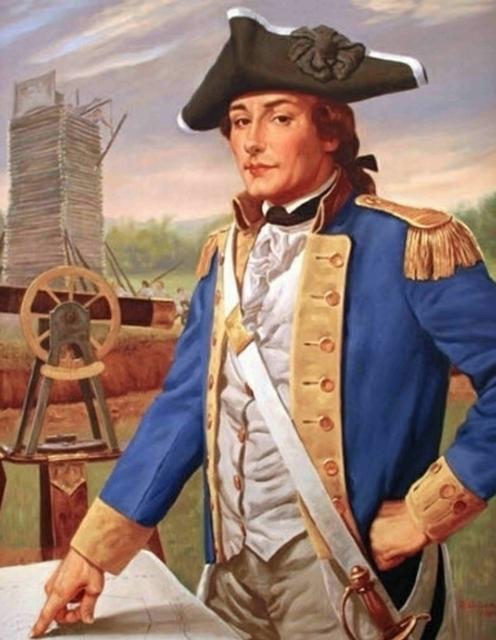| On Wednesday morning 19th April I fly out of Sydney aiming to take photographs of nearly all the Kosciuszko Memorials I have not previously visited. One of the highlights will be a visit to the Ninety Six National Historic Site in South Carolina, USA, to take photographs of the 1781, Kosciuszko engineered tunnels that were excavated and mapped in 3D in 2014.
www.nps.gov/nisi/index.htm
In 1781, Thaddeus Kosciuszko was General Nathaniel Greene’s chief military engineer in the southern theatre of the War of Independence. The garrison at the village of Ninety Six was a key British outpost in South Carolina. The fourteen foot high earthen walled 8 point star shape designed Fort protecting the eastern approach to the town allowed the 550 troops under Lieutenant Colonel John Cruger to implement deadly cross fire against any attempt of a frontal assault on it attempted by the 1000 Continentals under the command of General Nathaniel Greene.
On May 22nd, 1781, rather than a direct assault, Greene ordered Kosciuszko to lay siege to the garrison. With the fort and town surrounded, from late May to early June, Kosciuszko safely moved the artillery closer to the fort by constructing a series of approach trenches parallel with its walls. A 10-metre log tower was erected to provide protection and elevation for Patriot snipers to fire into the fort, but Cruger was able to neutralise this to an extent by ‘raising’ the parapet by stacking sandbags on it.
Kosciuszko also directed sappers to dig an underground tunnel (mine) planning to set off massive explosives below the fort centre. Just a few days away from completion, General Greene learned that he would soon be greatly outnumbered, because 2,000 British reinforcements from Charleston were marching in behind him. After losing 150 men in a failed attempt by General Greene to storm the garrison on June 18, by simultaneous attacks from the west and the east, the tunnel and siege were abandoned and Greene withdrew his army on the night of June 19th.

|

|

|
As a result of the failure, a “finger pointing” controversy was initiated by Colonel Lee, who had only arrived at the siege on the 8th of June. Francis Kajencki's outstanding chapters on the Siege of Ninety Six, Pp 143-160, "Thaddeus Kosciuszko: Military Engineer of the American Revolution", provide a compelling and well documented arguments that show that Lee was attempting to deflect attention away from his own culpability in the failure of the planned West and East simultaneous assault on the garrison.
After taking his intermediate objective of the small stockade fort on the western side of the village unopposed, Lee blundered by halting there and not following through to his primary objective of the western side of the Star Fort. The long hesitation allowed Cruger to fully concentrate his manpower on General Greene’s force attacking the Star Fort from the east. Had Cruger been forced to divide his already small numbers to simultaneously defend both the west and east assault on the garrison General Greene would probably have been victorious. Nevertheless, the British victory at the Siege of Ninety Six provided the red coats with no advantage, because they abandoned the garrison on the 21st of June.

Inżynier Kościuszko - mal. B. Czedekowski |
EXCAVATION. In 2014, the National Park Service, together with archaeologists, University of South Florida researchers and the Greenwood Fire Department, began excavating the 40-metre-long, one-metre-high Kosciuszko mine, using advanced mapping and photographic technology to create 3D models of the only surviving military tunnel from the American Revolution. This remnant of Kosciuszko’s military engineering skills can now be seen at Ninety Six National Historic Site.
A report with photos and film clips about the excavation work and 3D mapping can be found at this website:
www.nps.gov/nisi/learn/photosmultimedia/documenting-the-kosciuszko-mine.htm
“Only extant Revolutionary War mine tunnel opened".The only mine tunnel from the Revolutionary War known to survive has been opened and explored by a firefighter in the first stage of its preservation. The 125-foot tunnel was designed by Polish humanist, engineer and Revolutionary War hero Thaddeus Kosciuszko during the 1781 siege of the earthen Star Fort in the town of Ninety Six, South Carolina. The plan was for the tunnel to extend underneath the Star Fort so that it could be mined from below and blown up. British reinforcements arrived before the tunnel was finished, which is why it, unlike its more successful brethren, managed to survive the war.
In 2013, the park entered a cooperative agreement with the University of South Florida (USF), the Alliance for Integrated Spatial Technologies (AIST). AIST provided baseline data and produced 3D digital records of the Kosciuszko Mine and other historic features at Ninety Six National Historic Site.
The earthworks of Star Fort are still in existence and the entire site is now a National Park. The Park service and experts from the University of South Florida sent Greenwood firefighter Russel Cline down into the tunnel with breathing equipment since they had no idea what kind of air quality he would encounter. He found that it was remarkably good, considering the three-and-a-half foot high tunnel is more than 230 years old. The video records that the vaulted tunnel is lined with brick and mortar which at first glance, at least, still impressively sound, a testament to Kosciuszko’s skill and attention to detail.”
Felix Molski
| 

